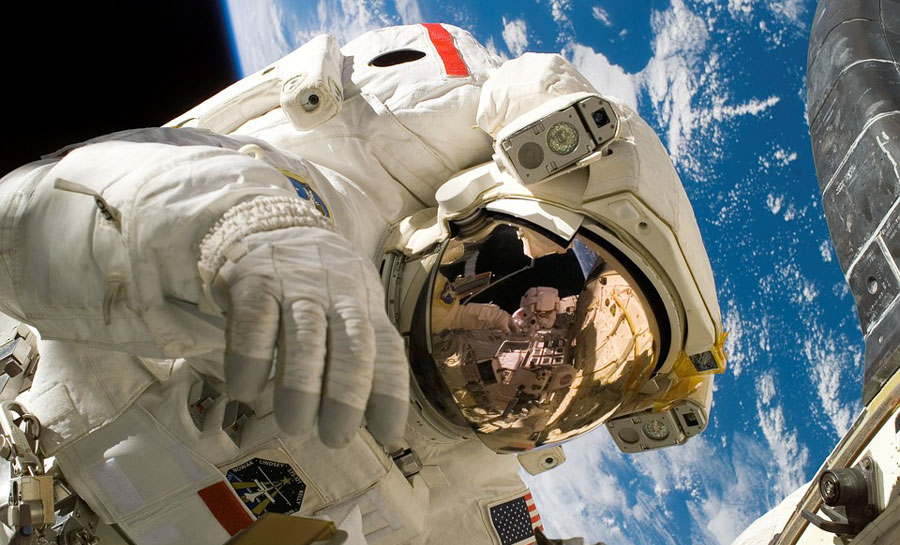NASA Experimenting with “Space Gardening” to Sustain Astronauts on Potential Mars Flight

NEW YORK – Hot off the 50th anniversary of the historic Apollo 11 moon landing, experts from the National Aeronautics and Space Administration (NASA) have been researching an interesting way of sustaining astronauts who will eventually brave the next frontier of space travel- a Mars landing.
Gone will be unpalatable, freeze-dried foods packed into squeeze tubes, experts say; in their place will be a variety of fresh produce grown from “space gardens” situated on the very spaceships that will take astronauts to the fabled Red Planet, a trip that NASA claims could very well take place by the 2030’s, if all goes according to plan. The idea of such a sustainable food source is vital to those undertaking such a journey, experts say, as a round-trip to Mars could take as long as three years or more.
Astronauts being able to grow their own food in an isolated garden environment would allow them to supplement their own packaged food stores with more nutritious options, greatly raising their ability to survive the rigors of space travel. Studies conclude that astronauts who spend extended periods in space typically lose a great deal of weight due to limited and uninteresting food options; a space garden would go a long way to addressing this problem.
Scientists have stated that if this experiment is success – establishing an environment in a space ship capable of allowing organic food growth to take place and flourish – could lead to the growing of mass crops in outer space which could even be used to address food shortages on Earth. Currently, the most complex crop NASA has been able to successfully cultivate in test environments have been peppers; hopes are that soon produce such as tomatoes, strawberries, and potatoes will be possible as well.
One of the main hurdles to a successful space garden, experts say, would be a reliable water recycling system; currently, the International Space Station possesses such a system – albeit on a much smaller scale then a garden would need – which collects humidity, sweat and even urine and turns it into drinking water.



Comments are closed.